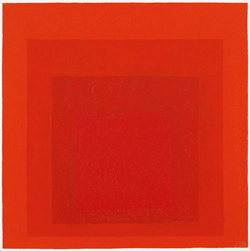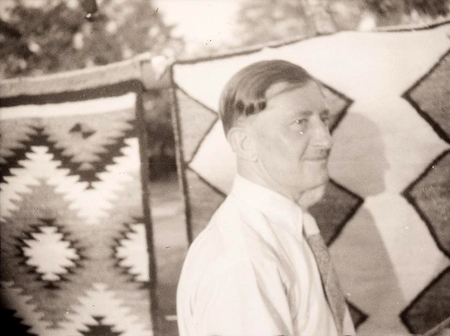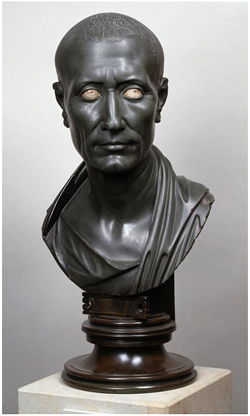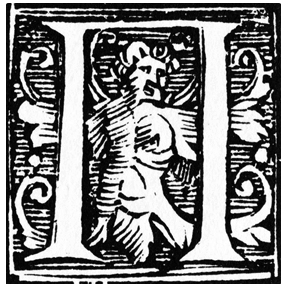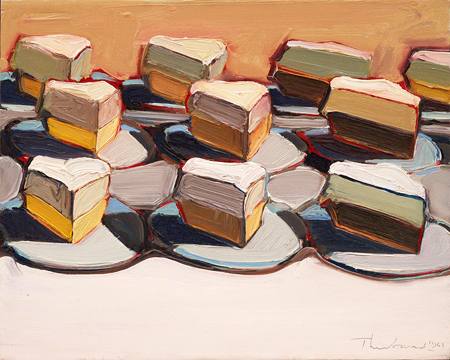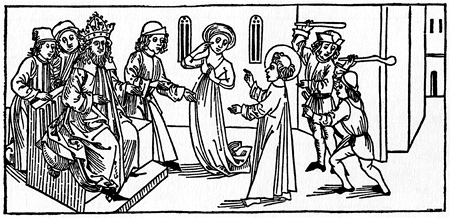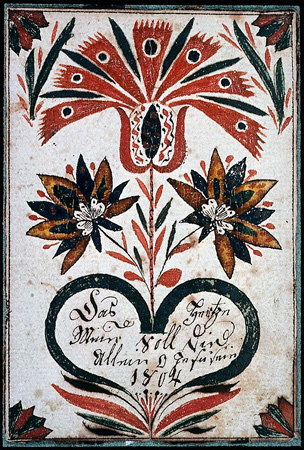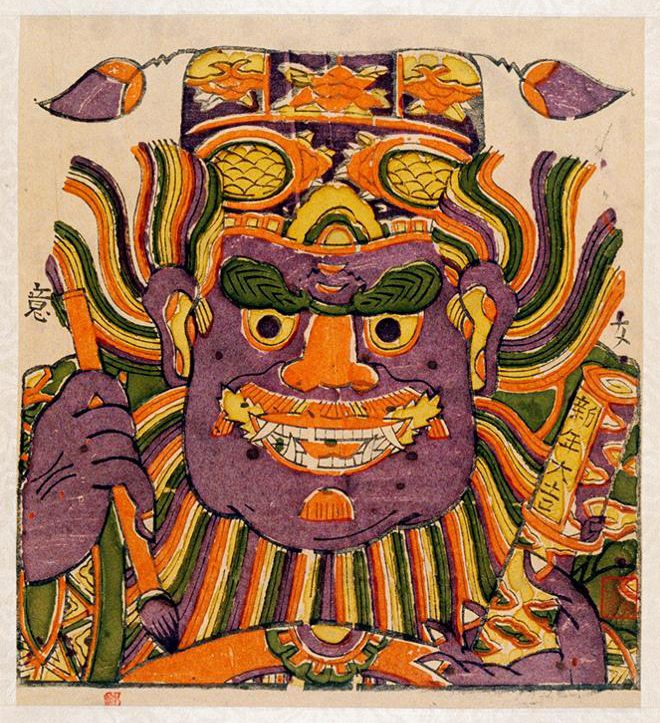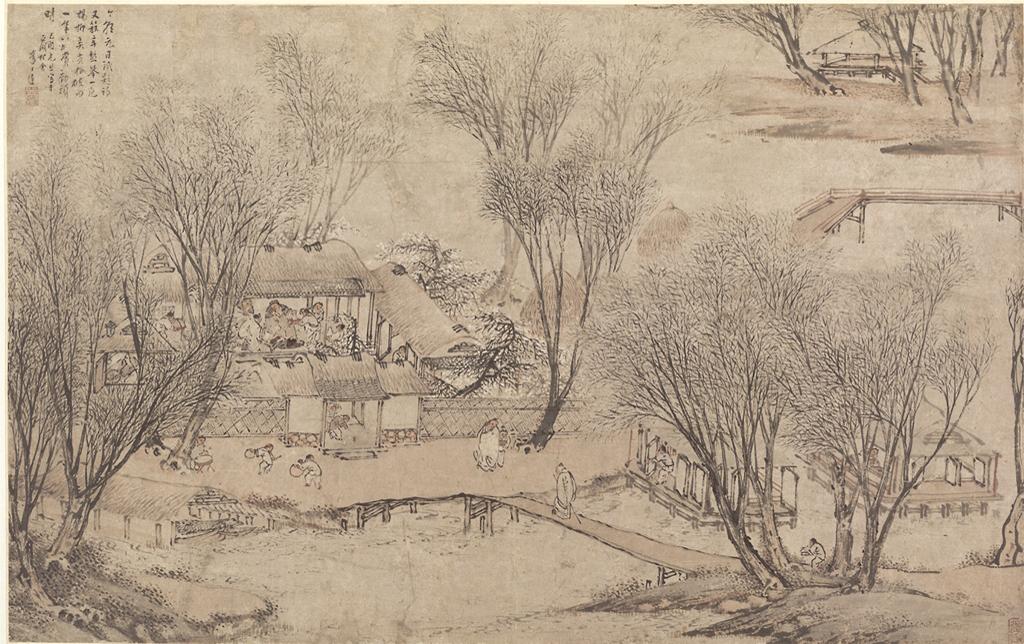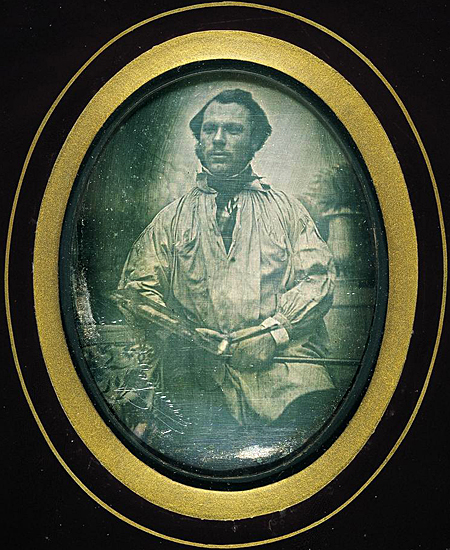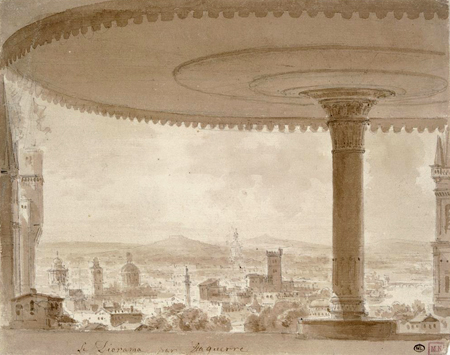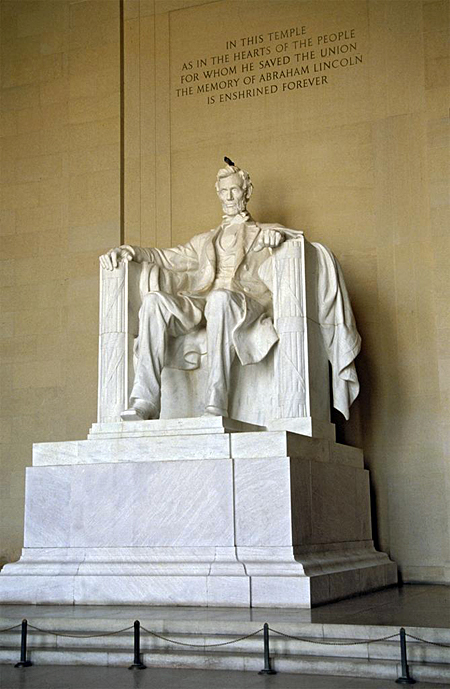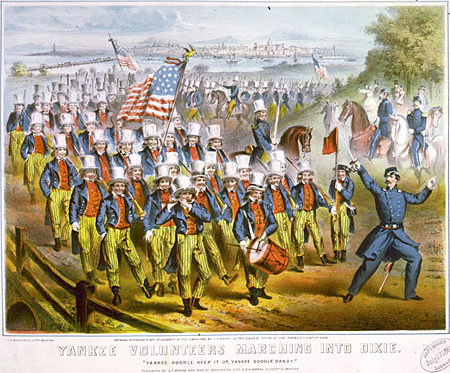
J.H. Bufford's Lith | Yankee volunteers marching into dixie--Yankee Doodle keep it up, Yankee Doodle dandy, ca. 1862 | Image and original data from: Virga, Vincent, and Curators of the Library of Congress, with commentary by Alan Brinkley (2004). Eyes of the Nation: A Visual History of the United States.
On April 12, 1861, Confederate shore batteries opened fire on Fort Sumter in South Carolina; in response, President Abraham Lincoln called for 75,000 volunteer soldiers to quell the Southern insurrection, marking the beginning of the American Civil War. The conflict had been building up for some time before the attack: Following Lincoln’s election the previous year, several Southern states had declared their secession and formed the Confederate States of America due to Lincoln’s anti-slavery stance. The ensuing war would last four years and result in more than a million deaths before the Union triumphed.
The ARTstor Digital Library has many collections that cover the Civil War. A particularly rich resource is Eyes of the Nation: A Visual History of the United States (Library of Congress), which provides a pictorial overview of American history. The collection includes Abraham Lincoln’s handwritten Emancipation Proclamation and hundreds of other Civil War-related images, including prints, maps, letters, photographs, and cartoons.
There are also two notable collections from the Minneapolis College of Art and Design that focus on the topic exclusively: Century Magazine Illustrations of the American Civil War, featuring images depicting battle scenes and camp life, as well as details of weapons and uniforms; and Tenniel Civil War Cartoon Collection, John Tenniel’s full-page cartoons of the American Civil War in the British humor magazine Punch.
